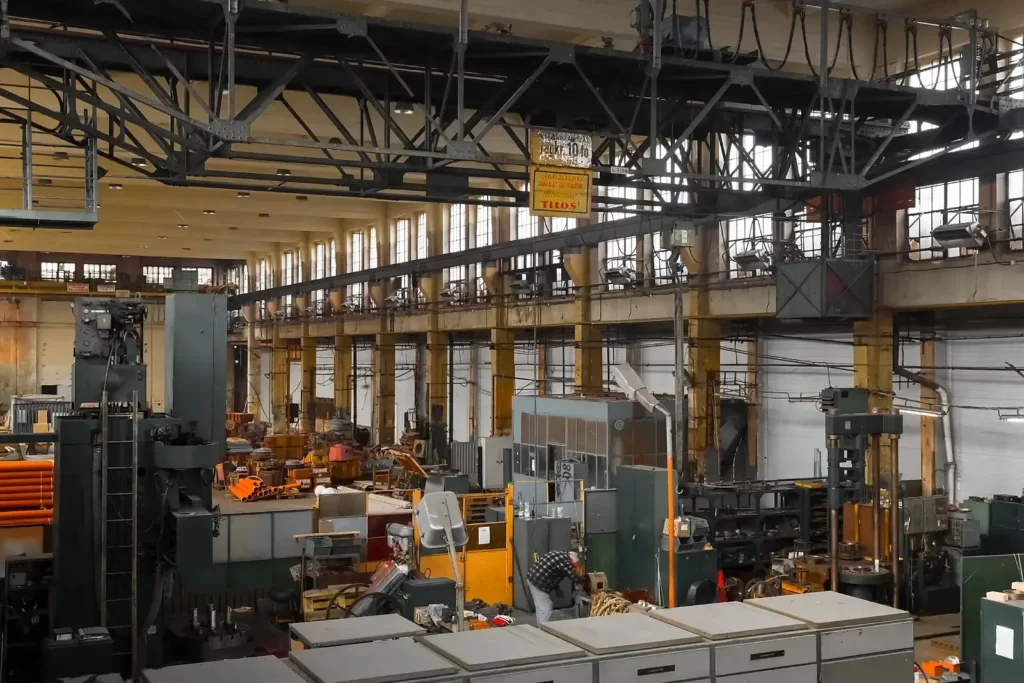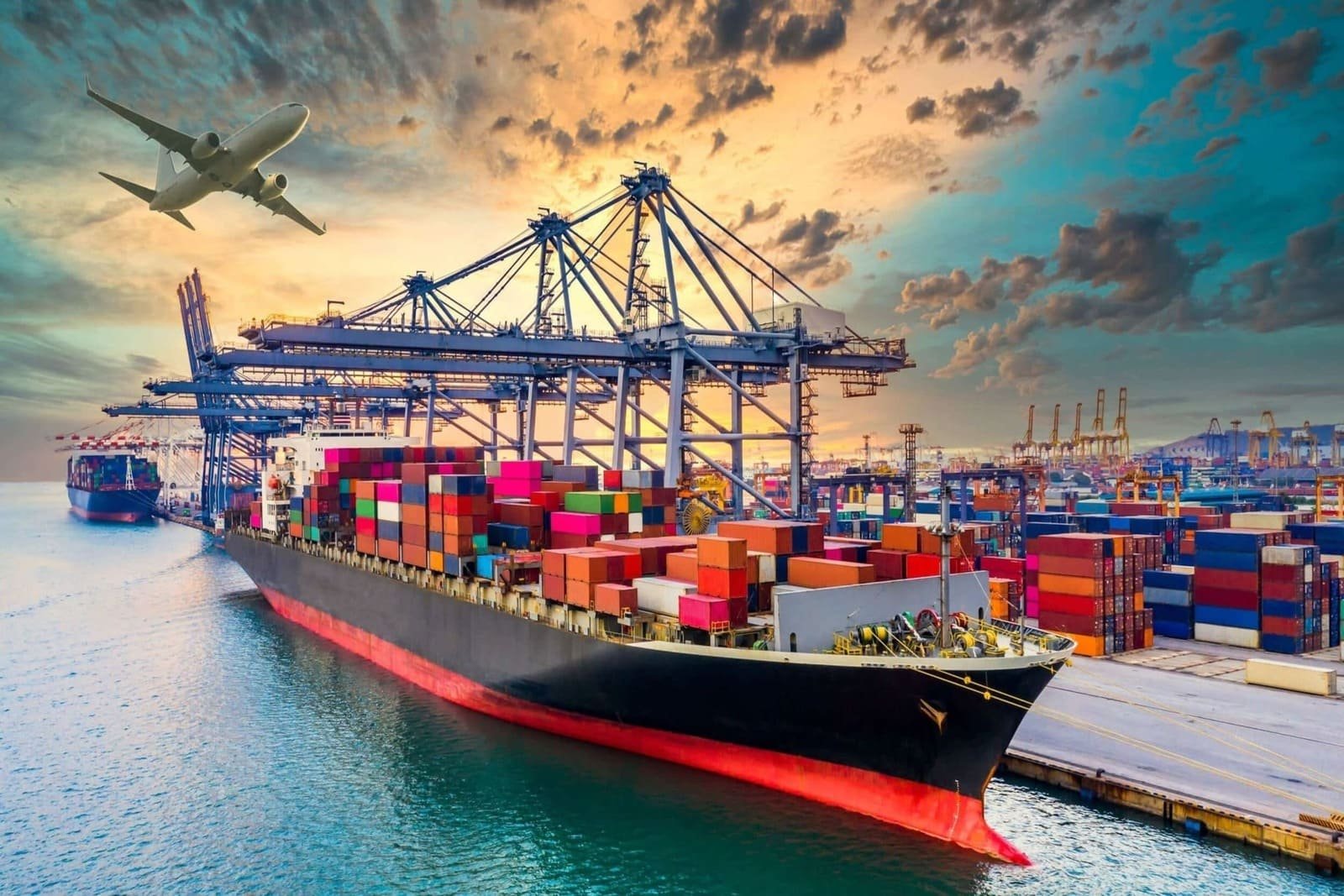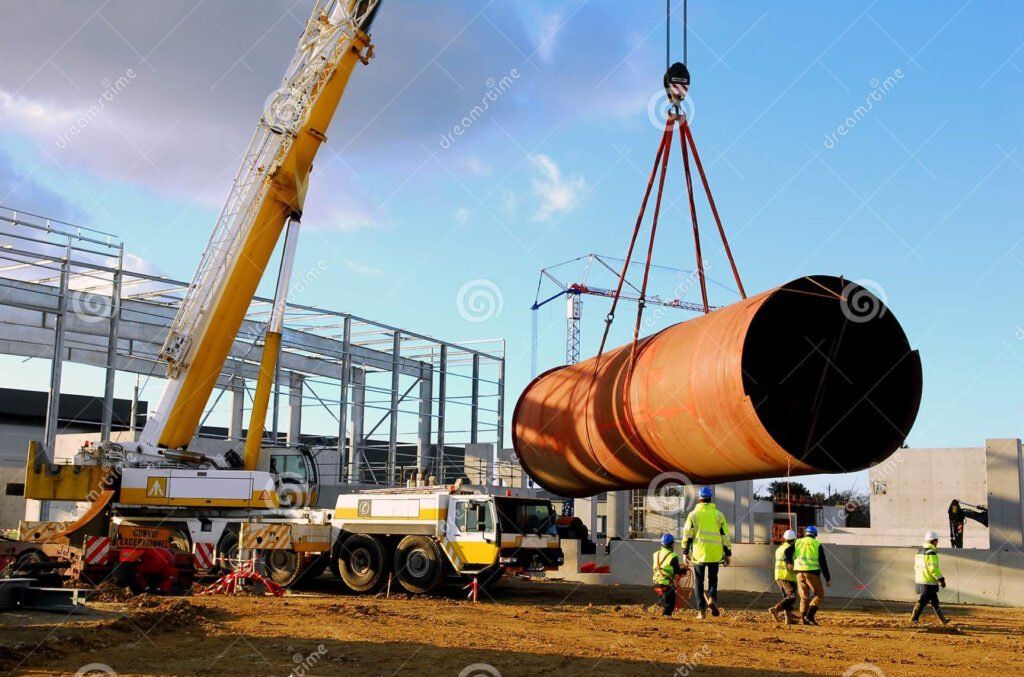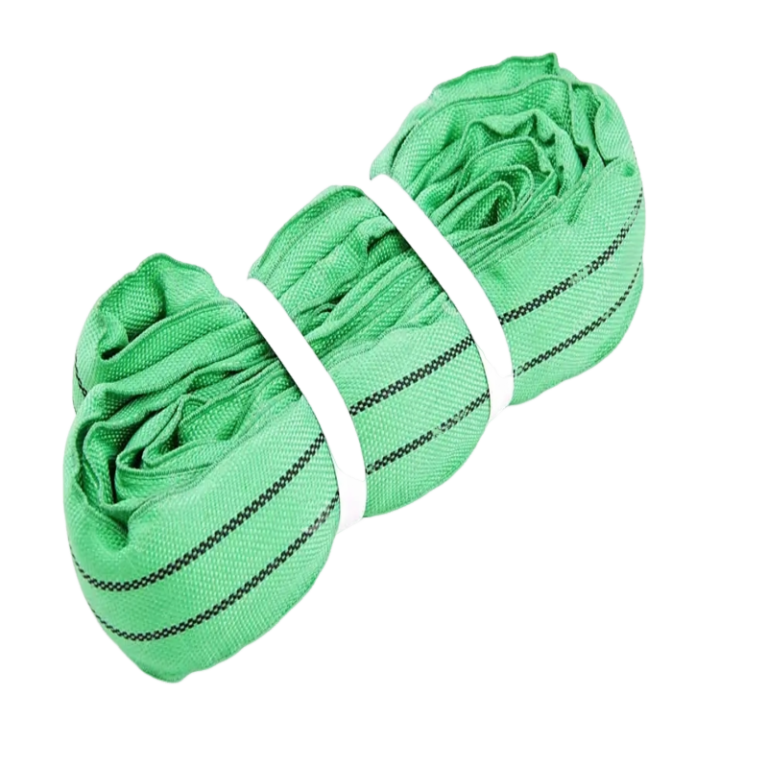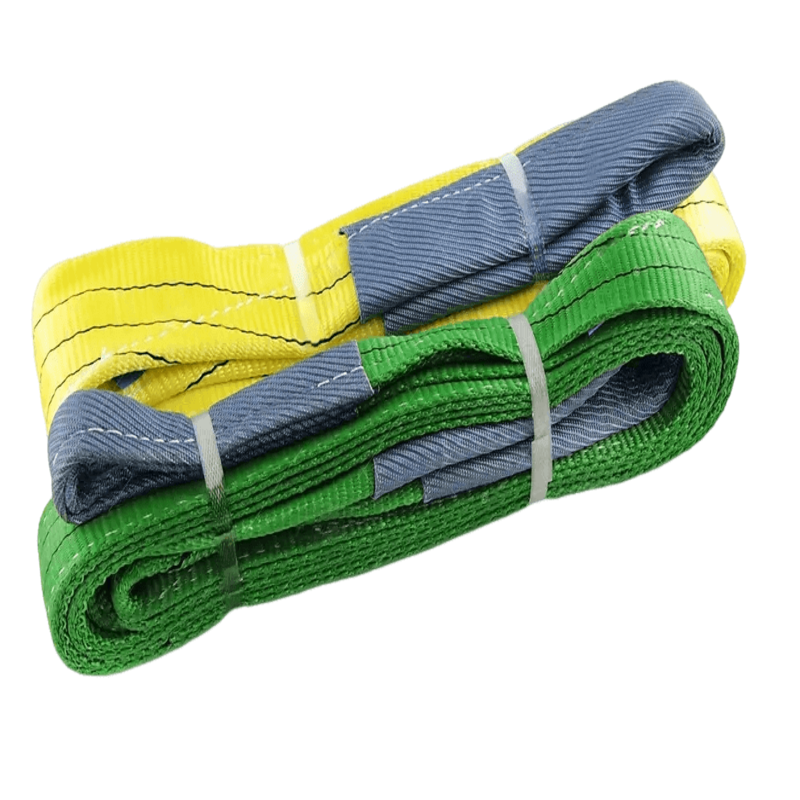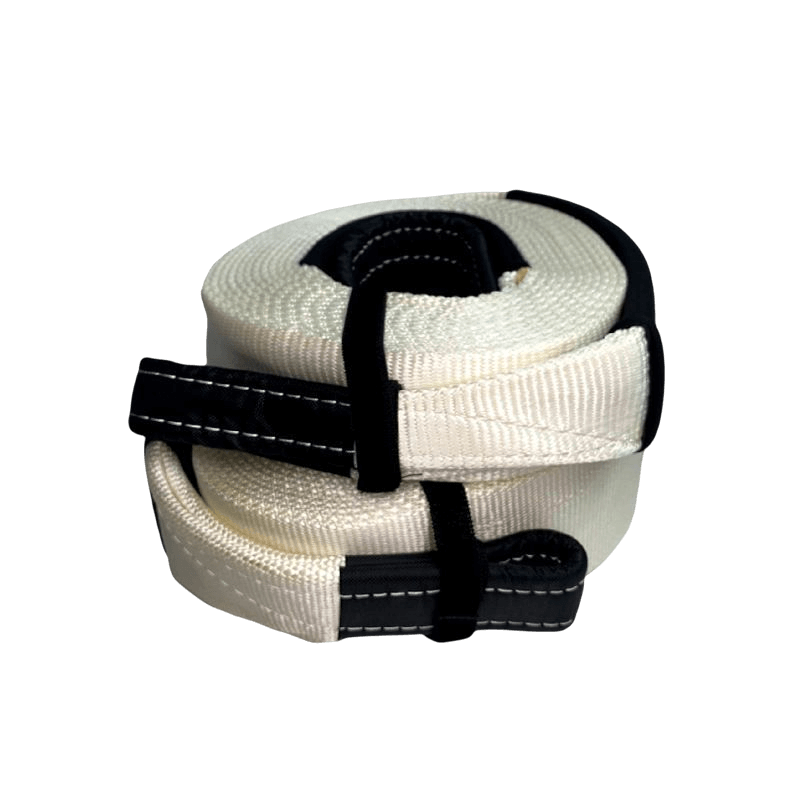OLHO E FITA DE LEVANTAMENTO DE OLHOS
Forte. Confiável. Segura. Cinta de Elevação em UHMWPE para Aplicações Exigentes
O que é uma tipoia para levantamento de olhos?
Nossa cinta de elevação Eye & Eye é uma cinta de elevação de alto desempenho feita de UHMWPE (polietileno de ultra-alto peso molecular), normalmente revestida com uma capa ou revestimento de poliéster resistente à abrasão. Cada extremidade possui um olhal reforçado, permitindo a conexão com ganchos, manilhas e objetos levantados.
É amplamente utilizado em movimentação de carga, mineração, energia eólica, petróleo e gás offshore e indústrias de construção para levantar equipamentos grandes e pesados e objetos irregulares.
Em geral Aplicações
Forneça soluções reais, projetadas para as necessidades do seu setor
- controle de qualidade
- tamanhos disponíveis
Tabela de capacidade de eslinga
Encontre os tamanhos perfeitos de cinta de elevação para suas necessidades específicas!
| Diâmetro da corda mm | Diâmetro da corda em polegadas | Carga de trabalho (UHMWPE) Vertical | Carga de trabalho (UHMWPE) Gargantilha | Cesta de carga de trabalho (UHMWPE) | Cor |
|---|---|---|---|---|---|
| milímetros | polegada | Vertical | Gargantilha | Cesta | |
| 11 | 7/16 | 3.260 libras (1,48 t) | 2.600 libras (1,18 t) | 6.520 libras (2,96 t) | qualquer |
| 14 | 9/16 | 4.850 libras (2,20 t) | 3.880 libras (1,70 t) | 9.700 (4,40 t) | qualquer |
| 16 | 5/8 | 6.400 libras (2,90 t) | 5.120 libras (2,30 t) | 12.800 libras (5,80 t) | qualquer |
| 18 | 3/4 | 7.500 libras (3,40 t) | 6.000 libras (2,72 t) | 15.000 libras (6,8 t) | qualquer |
| 22 | 7/8 | 10.390 libras (4,70 t) | 83.000 libras (3,76 t) | 207.800 libras (9,4 t) | qualquer |
| 24 | 1 | 11.900 libras (5,40 t) | 9.520 libras (4,32 t) | 23.800 libras (10,80 t) | qualquer |
| 28 | 1 1/8 | 18.000 libras (8,16 t) | 14.400 libras (6,50 t) | 36.000 libras (16,32 t) | qualquer |
| 32 | 1 5/16 | 242.000 libras (11,00 t) | 19.395 libras (8,80 t) | 484.000 libras (22,00 t) | qualquer |
| 36 | 1 1/2 | 286.500 libras (13,00 t) | 22.920 libras (10,50 t) | 573.000 libras (26,00 t) | qualquer |
Observação: nossas eslingas podem ser feitas sob medida com uma Limite de carga de trabalho (WLL) até 3000 toneladas ou mais
Elevação vertical: para suspender o objeto diretamente abaixo da eslinga e levantá-lo verticalmente. Fácil de operar e oferece alta estabilidade.
Elevador de gargantilha: Envolve a passagem de uma extremidade da eslinga pela outra extremidade da carga, criando um laço que a prende firmemente. Usado para içar cargas de formato irregular, mas a capacidade de carga da eslinga é de apenas 70% a 80% daquela de um içamento vertical devido ao ângulo e aos pontos de pressão.
Elevador de cesto: Utiliza duas eslingas fixadas em dois pontos da carga, formando uma estrutura semelhante a uma cesta. Proporciona maior estabilidade, reduz o risco de tombamento e é adequado para cargas de diversos formatos e tamanhos. A capacidade de elevação pode ser até o dobro da de um elevador vertical.
- Serviço OEM
Personalização Opções
A Duracordix oferece opções personalizadas para atender às suas necessidades exclusivas de elevação/montagem
1. Comprimentos e diâmetros personalizados: cPodemos fornecer eslingas HMPE/UHMWPE de tamanho preciso, adaptadas às suas necessidades de carga com base em sua aplicação específica, eliminando a necessidade de ajustes ou modificações inseguras.
2. Codificação de cores: podemos personalizar cores para fácil identificação e aplicar revestimentos especiais adaptados às suas necessidades para melhorar o desempenho da eslinga em sua aplicação exclusiva
3. Capacidades de carga personalizadas: Nós produziremos eslingas personalizadas com base no seu peso de elevação, considerando o fator de segurança, para que você possa usá-las diretamente.
4. Marca: podemos criar etiquetas personalizadas para você, incluindo seu logotipo, informações do produto, avisos de segurança e muito mais.
5. Proteção extra: para ambientes agressivos, químicos ou externos, nossos protetores de canto feitos sob medida (protetor de eslinga de elevação) aumentam a resistência ao desgaste e são projetados para uso duradouro.
6. Compatível com acessórios: o tamanho de ambos os olhais pode ser personalizado para garantir compatibilidade com ganchos, manilhas ou outras conexões de equipamentos de elevação.
Vantagens
Principais benefícios em comparação com eslingas de cabo de aço, eslingas de corrente, cintas de elevação e eslingas de correia
Leve
O peso da eslinga de elevação UHMWPE é apenas 1/8 ou até mais leve do que as eslingas de cabo de aço e eslingas de corrente tradicionais, o que a torna muito fácil de manusear e operar em tarefas de elevação pesadas.
Alta resistência
Nossa cinta de elevação não é apenas leve, mas também oferece maior capacidade de elevação do que cintas de amarração e cintas de cabo de aço. Sua maior resistência reduz a necessidade de mão de obra e tempo, garantindo a segurança dos seus operadores.
Flexibilidade
Nossa cinta de elevação oferece maior flexibilidade em comparação às cintas de poliéster e cintas de amarração tradicionais, tornando-a mais adaptável a vários cenários, especialmente em trabalhos pesados de elevação e manuseio de objetos irregulares.
Durabilidade
Nossas eslingas de UHMWPE, com revestimento de poliéster de alta densidade, são resistentes à chuva e a certos produtos químicos. Ao contrário das eslingas de corrente e de cabo de aço, elas não enferrujam com o tempo, oferecendo maior durabilidade e resistência ao desgaste em ambientes adversos.
Segurança aprimorada
Nossas cintas de elevação, em comparação com as tradicionais cintas de cabo de aço e corrente, são feitas de materiais mais macios, reduzindo o atrito em contato com equipamentos e outros objetos. Isso minimiza diretamente o desgaste do equipamento e reduz a carga durante a elevação.
Maior eficiência
Devido à construção leve e à flexibilidade da cinta de elevação UHMWPE, ela permite uma configuração e posicionamento do gancho mais rápidos e fáceis em comparação com as cintas tradicionais, reduzindo o tempo de pré-operação, diminuindo os custos e melhorando a eficiência geral de elevação.
Manutenção reduzida
Devido à sua excelente resistência aos raios UV e ao baixo alongamento, a eslinga HMPE é mais resistente ao desgaste, durável e livre de ferrugem em ambientes de trabalho severos em comparação com a eslinga de cabo de aço e a cinta de elevação. Portanto, tem uma vida útil mais longa e menores custos de manutenção.
Sustentabilidade
As eslingas de UHMWPE são ecologicamente corretas, com longa vida útil e baixa pegada de carbono, tornando-as ideais para projetos de petróleo, gás, mineração e energia eólica. Os materiais sintéticos tradicionais têm um impacto ambiental maior.
- Clientes satisfeitos
Cliente Voz
A cinta de içamento pesado da Duracordix mudou completamente os nossos projetos de construção. Ela não é apenas resistente; é incrivelmente confiável. Confiamos na Duracordix para manter nossas equipes seguras.
- Instruções fáceis e rápidas
Como usar
1. Escolha o tamanho certo: Escolha uma cinta de içamento com tonelagem e comprimento adequados, de acordo com os requisitos de carga de trabalho. Inspecione cuidadosamente a etiqueta na cinta para confirmar se o seu limite de carga de trabalho (CLT) suporta com segurança o peso da carga a ser içada.
2. Verifique: As cintas sintéticas devem ser inspecionadas quanto a rasgos ou sinais graves de desgaste. Se algum for encontrado, interrompa o uso da cinta e substitua-a. Verifique ambas as extremidades dos olhais e ganchos; os olhais não devem apresentar rasgos e os ganchos não devem estar deformados ou quebrados.
3. Escolha o método de elevação apropriado: Os métodos de elevação comuns incluem elevação vertical, elevação por gargantilha e elevação por cesto. Selecione o método de elevação mais adequado com base na sua aplicação específica.
4. Posicione corretamente a tipoia: Fixe a eslinga ao objeto de suporte de acordo com o método de içamento necessário, garantindo uma distribuição uniforme da força e mantendo o equilíbrio. A eslinga não deve se mover durante o içamento. Para cargas com formatos irregulares, use grampos para fixá-las.
5. Conecte a eslinga ao equipamento de elevação: Fixe os olhais nos pontos de conexão do equipamento de elevação. Certifique-se de que a carga seja içada em linha reta para evitar que a eslinga se enrosque ou se cruze durante o içamento.
6. Elevação e descarga: Realize um teste de elevação para garantir a estabilidade da carga. Uma vez estável, levante a carga lentamente, mantendo o equilíbrio. Após atingir a posição desejada, descarregue a carga lentamente. Inspecione os pontos de conexão da eslinga e a superfície do cabo em busca de rachaduras ou danos e realize os reparos ou substituições necessários.
Aviso: Nunca exceda o limite de carga de trabalho. Inspecione regularmente a eslinga para garantir seu bom estado. Treine os operadores e siga rigorosamente os procedimentos operacionais. Operações não autorizadas são proibidas.
Perguntas frequentes
Respostas às suas perguntas sobre cintas de elevação UHMWPE/HMPE
Quais são os principais tipos de cintas de elevação com base no material?
Com base no material, a cinta de elevação pode ser eslinga de poliéster, eslinga de cabo de aço, eslinga de corrente, eslinga de uhmwpe/dyneema (eslinga de elevação com olhal e olhal, eslinga redonda sem fim) etc.
Você tem uma etiqueta de identificação para a cinta de elevação?
Sim, temos etiquetas de inspeção em nossas cintas de elevação. As etiquetas exibem informações como nosso logotipo, nome do fabricante, limite de carga de trabalho (WLL), comprimento, avisos e outros detalhes relevantes.
você pode fazer o protetor de eslinga de elevação para ele?
Sim, podemos fabricar mangas de proteção para áreas críticas da cinta de içamento, como olhais ou peças propensas ao desgaste. Feitas de poliéster de alta densidade, essas mangas podem ser personalizadas de acordo com as necessidades. Elas ajudam a evitar cortes e danos à cinta, prolongam sua vida útil e aumentam a segurança durante as operações.
Como fazer o armazenamento da eslinga de elevação?
Limpeza e Secagem: Limpe a eslinga para remover sujeira, graxa ou resíduos químicos e seque-a completamente para evitar o crescimento de mofo.
Ambiente de armazenamento: Armazene em local fresco e seco, evitando luz solar direta ou condições úmidas para evitar danos às fibras.
Pendurar e armazenar corretamente: Pendure a tipoia sintética verticalmente em um suporte específico e, se estiver enrolada, certifique-se de que esteja frouxamente enrolada.
Inspeção regular: Inspecione a eslinga a cada 3 a 5 meses para verificar se há sinais de danos ou desfiamento para garantir o uso seguro na próxima operação.
Qual é o fator de segurança para a cinta de elevação?
De acordo com a norma internacional ISO 10567:2005, o fator de segurança para eslingas de elevação é de 7:1. O fator de segurança especificado pela norma americana ASME B30.9 é de 5:1. De acordo com as normas europeias EN 1492-1 e EN 1492-2, o fator de segurança é de 7:1. Na Austrália, a norma AS 4497:1997 especifica um fator de segurança de 6:1, enquanto na China, a norma GB/T 21659-2008 estipula um fator de segurança de 5:1.
Você pode fazer a cinta de elevação com ganchos?
Sim, podemos fabricar eslingas de elevação com ambos os olhais, bem como eslingas de elevação com ganchos ou manilhas (manilha de aço ou manilha macia) para atender às necessidades específicas da sua aplicação.
como encurtar uma cinta de elevação?
Esses são materiais de proteção adicionais para reduzir o desgaste da eslinga, especialmente ao levantar objetos com bordas afiadas.
Quais são as principais aplicações da cinta de elevação?
A eslinga de içamento com olhal e olhal é versátil e pode ser usada em diversos setores, como construção, transporte marítimo, armazenagem, indústria pesada, petróleo e gás, operações offshore e mineração. É adequada para içamento de guindastes, movimentação de cargas, içamento de equipamentos pesados, eslinga de içamento de motores, içamento para aplicações offshore, içamento de equipamentos de mineração, içamento de barcos, instalação de turbinas eólicas e muito mais.
Você também pode fazer eslingas com outros materiais?
Sim, também fabricamos eslingas de náilon e poliéster. Além disso, oferecemos outros tipos, como eslingas planas para içamento, eslingas de cinta, eslingas com manilha e muito mais.
Qual é a maior carga útil que você consegue fazer com sua cinta de elevação para serviços pesados?
Fabricamos eslingas para içamento de cargas pesadas utilizando UHMWPE (também conhecido como Dyneema ou HMPE), a fibra mais resistente do mundo. Nossas eslingas podem atingir um Limite de Carga de Trabalho (CT) máximo de 3000T ou mais.
Por que a resistência química é essencial para eslingas sintéticas?
Certos produtos químicos podem degradar fibras sintéticas, comprometendo a integridade e a segurança da tipoia.
Cinta de elevação ou cinta de içamento: qual devo escolher?
Nossa cinta de elevação é feita de UHMWPE (Dyneema), oferecendo alongamento extremamente baixo e forte resistência à corrosão, tornando-a ideal para operações de elevação pesadas e precisas que exigem altos padrões de segurança, como em ambientes de construção e de petróleo e gás offshore.
Em contraste, cintas de amarração São normalmente feitas de poliéster, que oferece melhor alongamento, mas menor resistência. Geralmente são equipadas com ganchos e olhais em ambas as extremidades e são comumente usadas para fixar ou estabilizar cargas, mas sua capacidade de carga não é tão alta quanto a da eslinga de elevação HMPE.
Suas eslingas de fibra sintética podem ser compatíveis com outros acessórios?
Nossa tipoia de fibra sintética pode ser personalizada para se adaptar a vários acessórios com base em suas necessidades específicas, como manilhas de aço, ganchos, mangas de proteção para os olhos, algemas macias, dedais ou anéis.
eslinga redonda de corda vs eslinga de elevação de corda, qual a diferença?
Uma tipoia de corda sintética É feito de fibras sintéticas de alto desempenho, como UHMWPE, normalmente utilizando uma construção com trança dupla ou trança simples com capa protetora. Sua estrutura central é baseada em corda e geralmente possui alças em ambas as extremidades, permitindo compatibilidade com diversos acessórios de elevação. Este tipo de cinta é particularmente adequado para içar e prender equipamentos grandes e objetos pesados.
Em contraste, Uma eslinga redonda de corda consiste em um núcleo feito de feixes de fibras de alta resistência, como UHMWPE, envolto em uma capa externa de dupla trança. Ela forma um laço contínuo com formato circular fechado, onde apenas o núcleo interno suporta a carga. Extremamente flexível, é ideal para içamento suave de objetos cilíndricos e equipamentos delicados que exigem proteção de superfície.
Qual o papel dos acessórios de eslinga nas operações de elevação?
Acessórios de eslinga, como ganchos ou conectores, aumentam a versatilidade e a compatibilidade. Eles garantem fixações seguras, auxiliando no controle da carga e maximizando a segurança durante os içamentos.
Como as condições ambientais afetam o desempenho da eslinga sintética?
Temperatura, umidade e exposição a produtos químicos podem degradar materiais sintéticos. O desempenho de uma eslinga pode diminuir se não for adequada ao seu ambiente de trabalho, enfatizando a importância da escolha do material.
Por que as alças de eslinga e as pontas emendadas são essenciais na elevação?
As alças da eslinga e as pontas emendadas são projetadas para distribuir o estresse e evitar desgaste, oferecendo pontos de fixação seguros e prolongando a vida útil da eslinga.
Por que o treinamento e a segurança são fundamentais ao usar eslingas sintéticas?
O treinamento adequado garante que os usuários entendam os limites de carga, os ângulos de içamento e os critérios de inspeção. Minimiza riscos, promove as melhores práticas e garante que as operações de içamento permaneçam livres de acidentes.
Como o "balanceamento de carga" afeta a eficiência e a segurança das operações de elevação usando eslingas sintéticas?
O balanceamento de carga garante uma distribuição uniforme do peso pela cinta. Isso evita tensões excessivas em uma seção, reduzindo o risco de quebra e garantindo uma elevação mais segura e estável.
- Nós fazemos mais
Relacionado produtos
Explore nossa gama de produtos relacionados a cintas de elevação para melhor desempenho

